Heritage Signs
.
.

|
Maida Hill TunnelThe first of two major tunnels on the canal, Maida Hill tunnel is 272 yards (249 metres) long and was designed and engineered by James Morgan (1776-1856) Morgan had no prior experience of building canals at all, having worked mainly as a draughtsman in John Nash's architectural practice. It is to his credit that he was able to achieve this lasting feat of engineering. 1959 The narrowboat 'Heather Bell' heads towards the tunnel. |
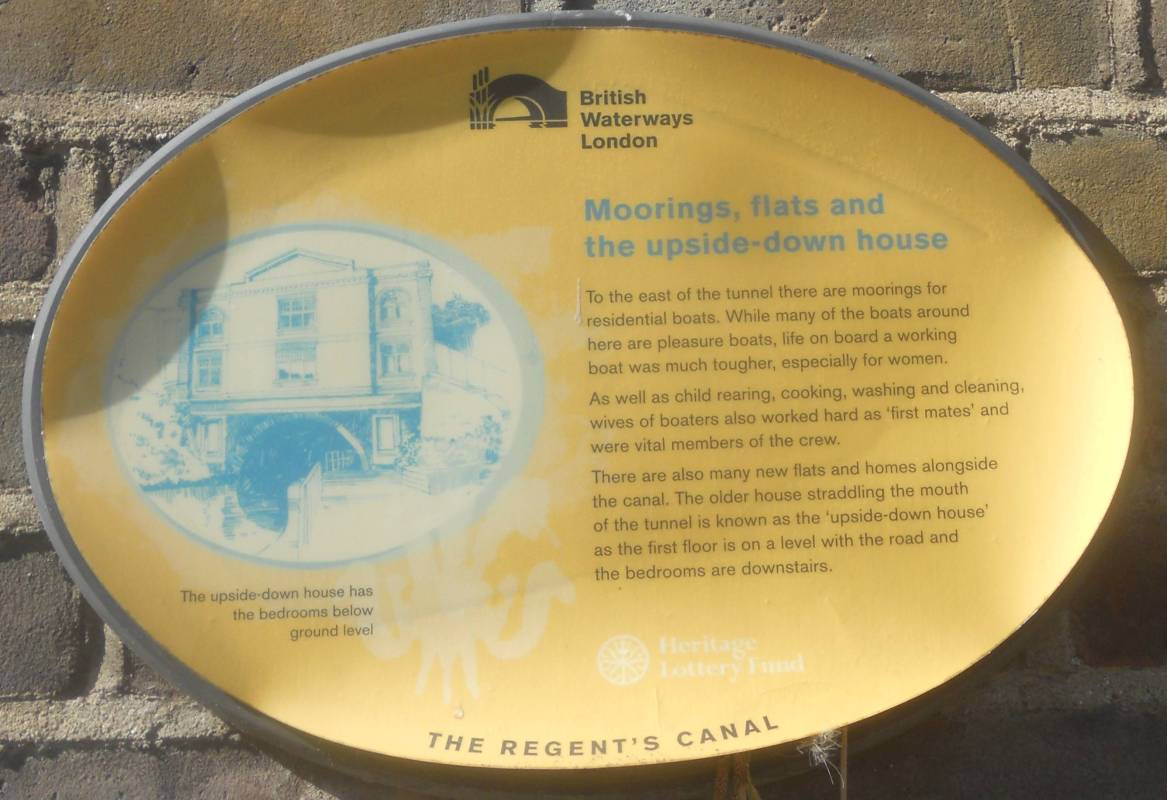
|
Moorings, Flats and the upside-down houseTo the east of the tunnel there are moorings for residential boats. While many of the boats around here are pleasure boats, life on board a working boat was much tougher, especially for women. As well as child rearing, cooking, washing and cleaning, wives of boaters also worked hard as 'first mates' and were vital members of the crew. There are also many new flats and homes alongside the canal. The older house straddling the mouth of the tunnel is known as the 'upside-down house' as the first floor is on a level with the road and the bedrooms are downstairs. The upside-down house has the bedrooms below ground level. |
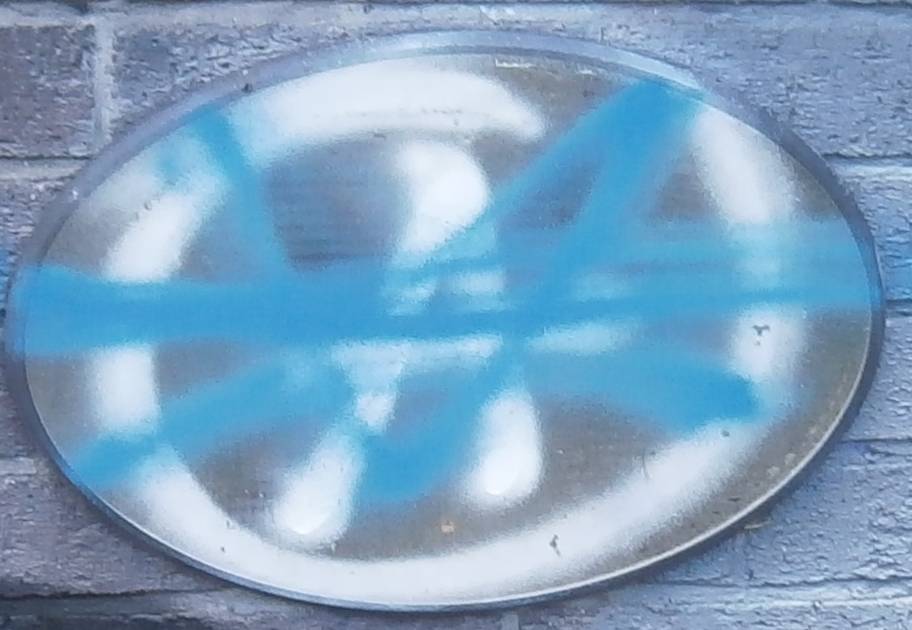
|
Grove House (??) |
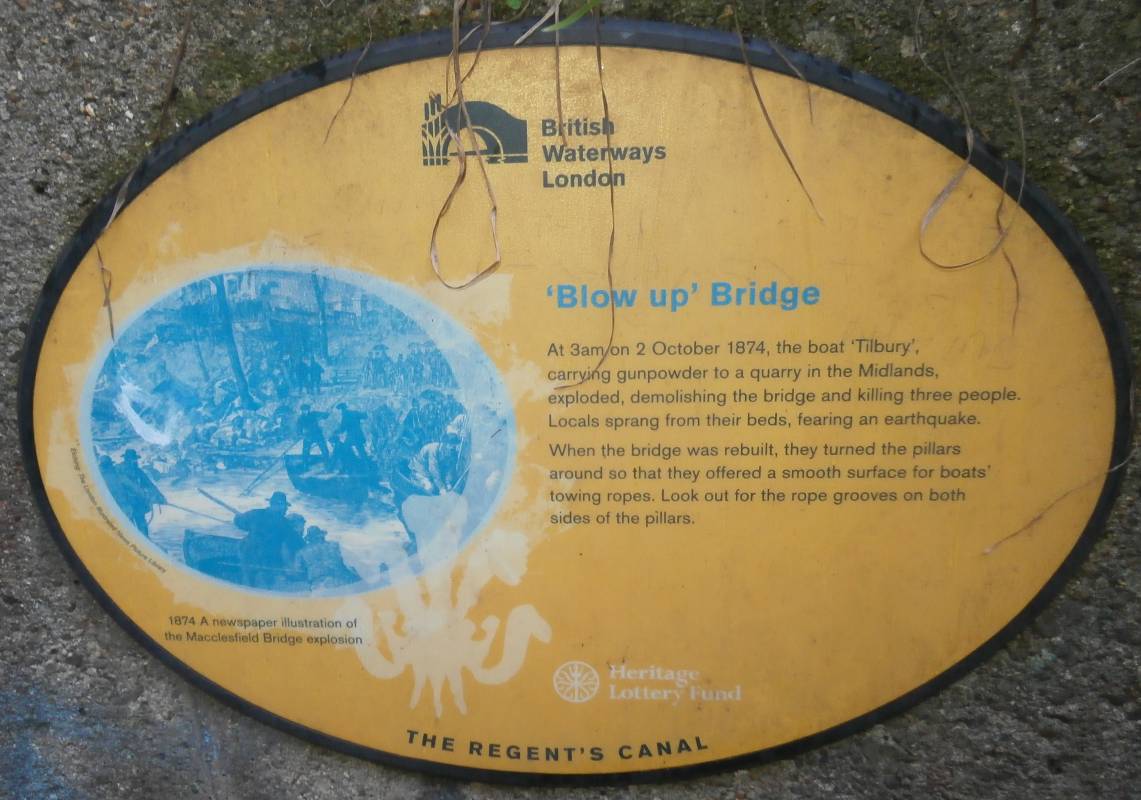
|
Blow Up BridgeAt 3am on 2 October 1874, the boat 'Tilbury', carrying gunpowder to a quarry in the Midlands, exploded, demolishing the bridge and killing three people. Locals sprang from their beds, fearing an earthquake. When the bridge was rebuilt, they turned the pillars around so that they offered a smooth surface for boats' towing ropes. Look out for the rope grooves on both sides of the pillars. 1874 A newspaper illustration of the Macclesfield Bridge explosion |
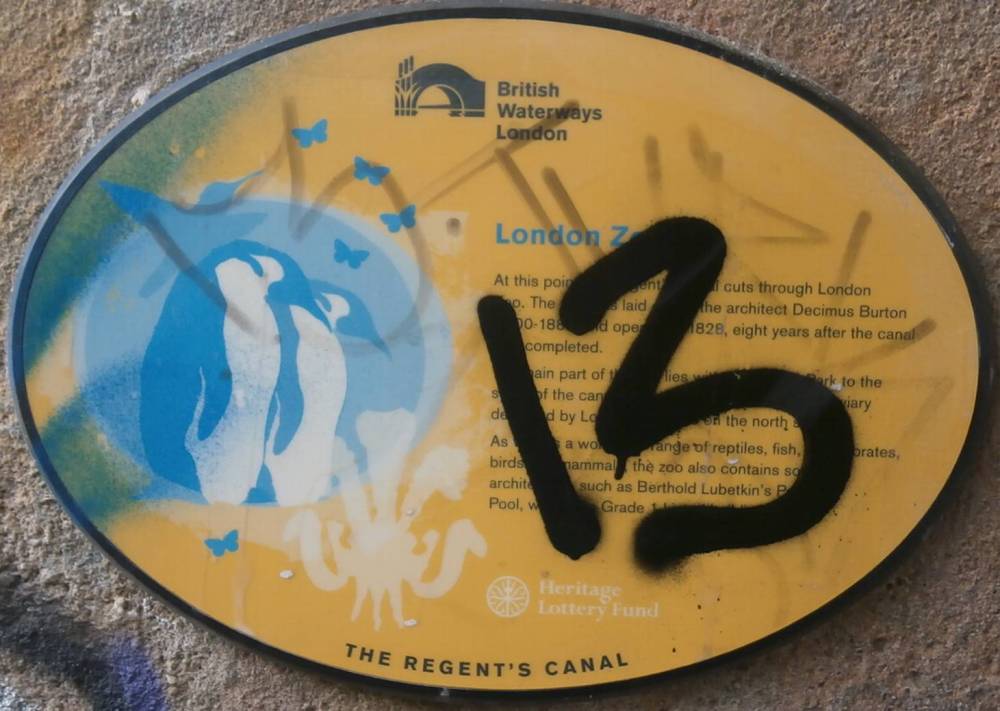
|
London ZooNote - most of this text is unreadably due to vandalism, but it mentions somewhere that the zoo was opened in 1828, eight years after the completion of the Regent's Canal. |
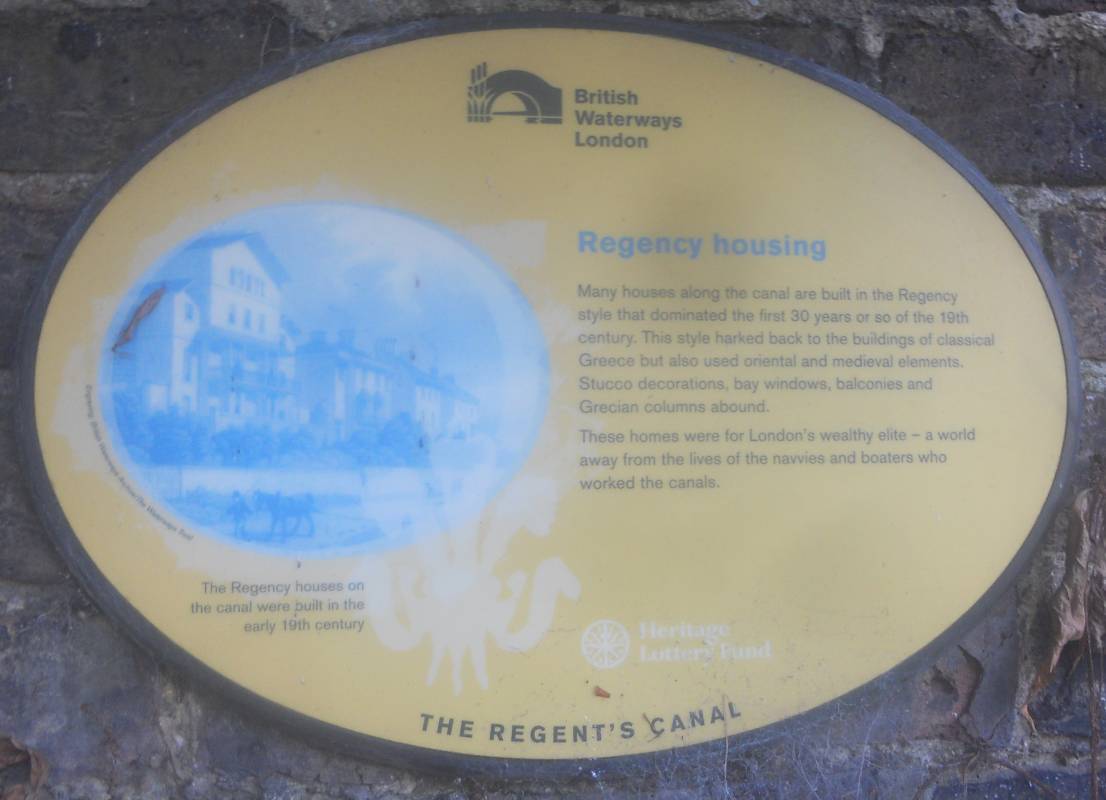
|
Regency HousingMany houses along the canal are built in the Regency style that dominated the first 30 years or so of the 19th century. This style harked back to the buildings of classical Greece but also used oriented and medieval elements. Stucco decorations, bay windows, balconies and Grecian columns abound. These homes were for London's waterway elite - a world away from the lives of the navvies and boaters who worked the canals. The Regency houses on the canal were built in the early 19th century |
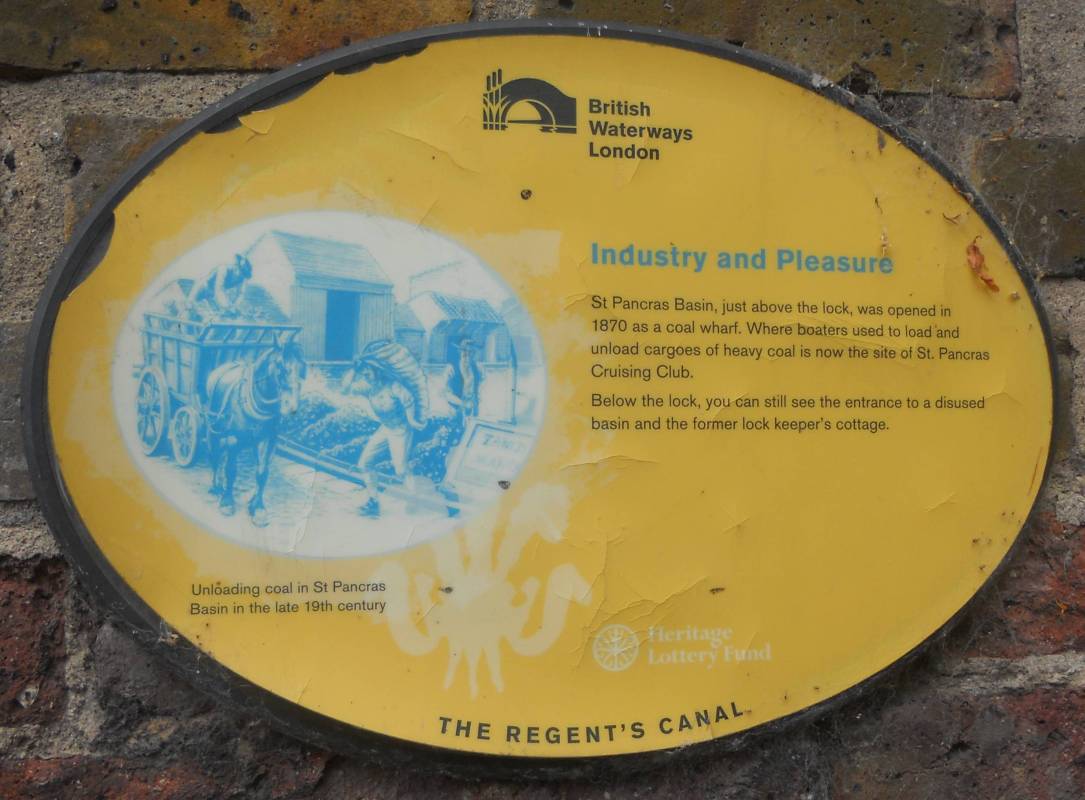
|
Industry and Pleasure(location: St Pancras Basin) St Pancras Basin, just above the lock, was opened in 1870 as a coal wharf. Where boaters used to load and unload cargoes of heavy coal is now the site of St Pancras Cruising Club. Below the lock, you can still see the entrance to a disused basin and the former lock keeper's cottage. Unloading coal in St Pancras Basin in the late 19th century |

|
Through the heart of Angel(Location: Islington Tunnel, East portal) After a disappointing competition for tunnel designs, chief engineer James Morgan ended up designing this tunnel himself. It took three years to build, from 1815 to 1818 and was dug by a band of navvies using explosives, wheelbarrows, horses and sheer physical strength. There is no towpath through the tunnel and boaters' horses were walked over the top. The route they took now passes through housing estates, a market and the thriving business and leisure centre of Angel, Islington. Navvies took three years to build the Islington tunnel |
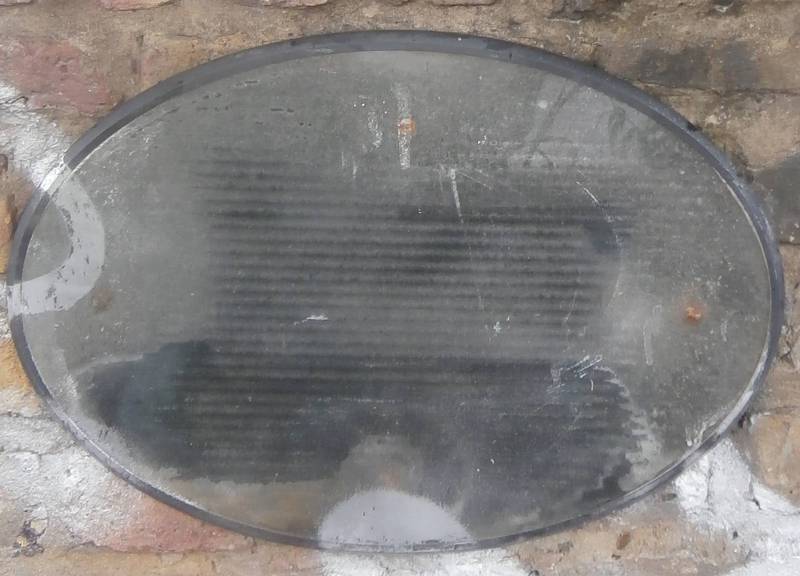
|
Kingsland Basin
|
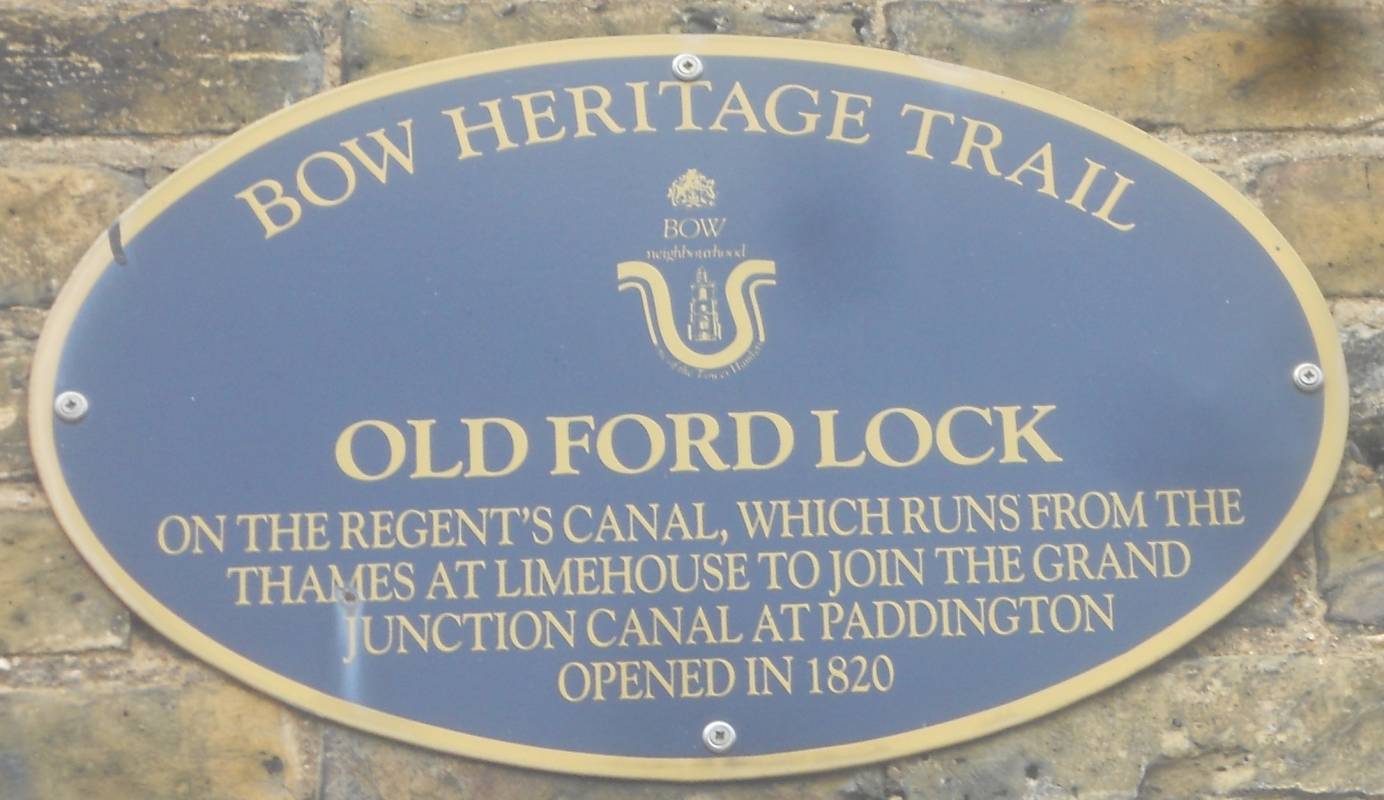
|
Old Ford Lock
|
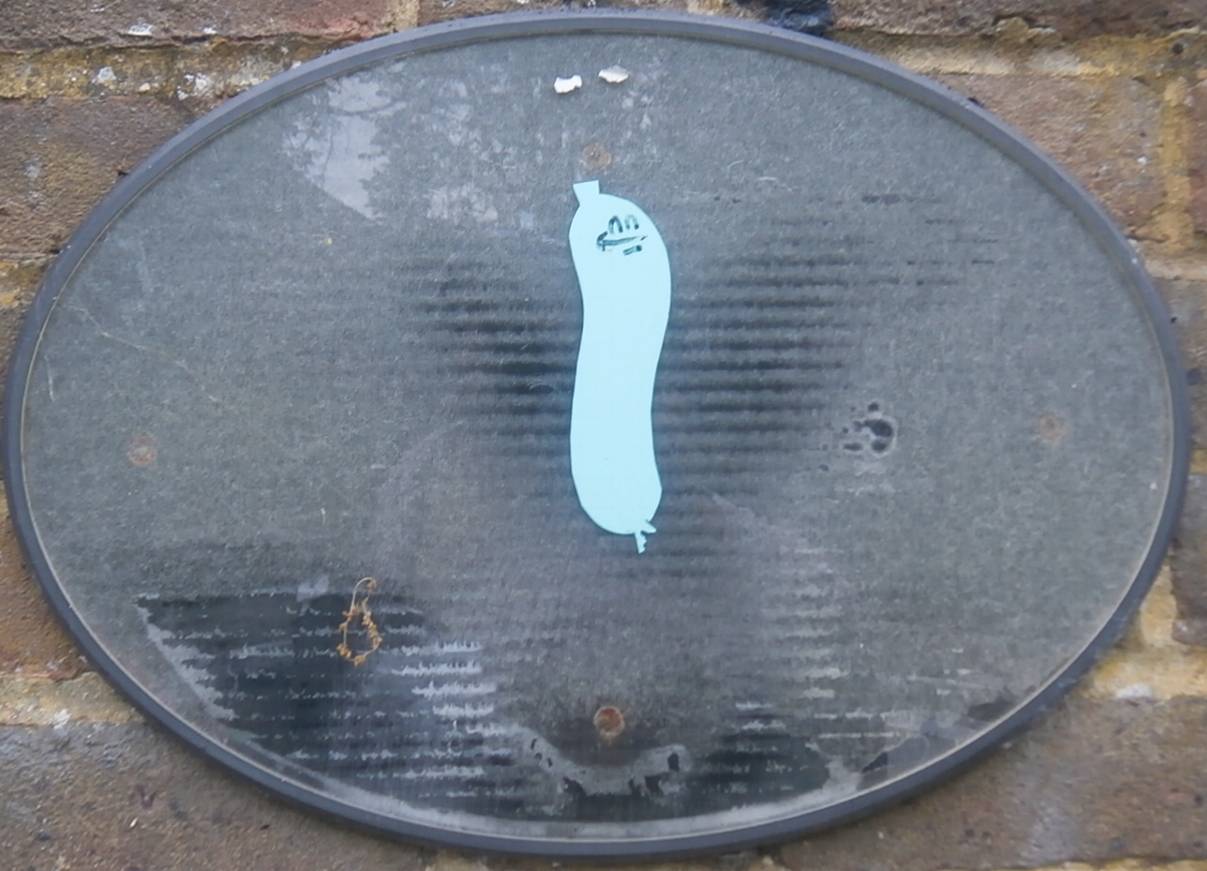
|
Old Ford Lock |
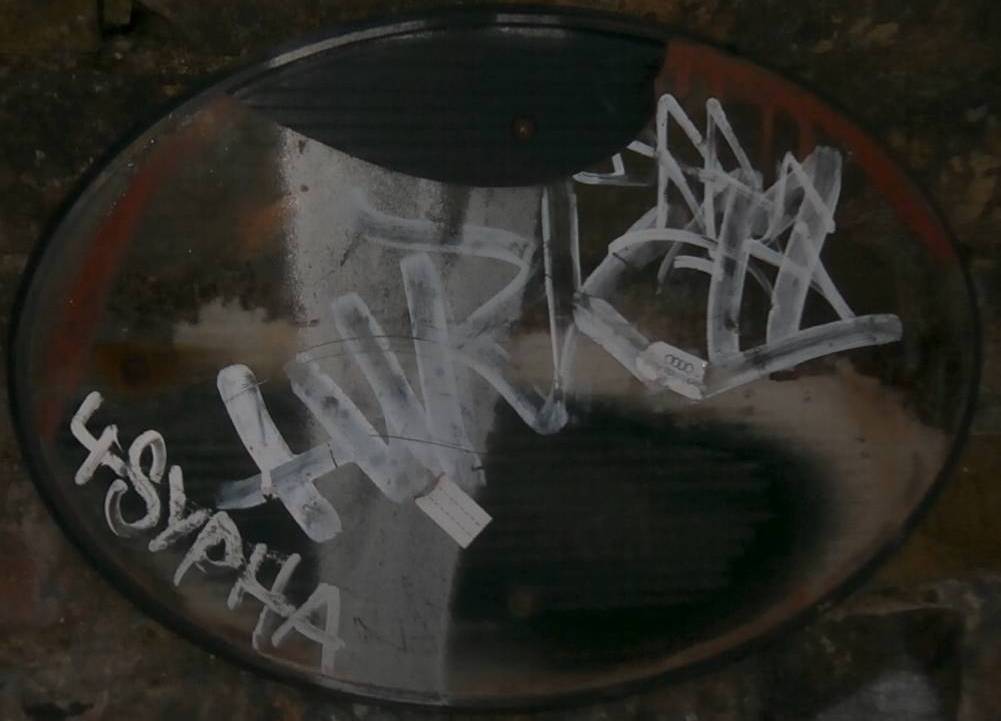
|
South of Mile End Bridge |

|
The Ragged School MuseumWarehouse conversions are not just a modern idea. The warehouses on Copperfield Road were built in 1872 but when Dr Barnado rented them in 1876, he converted them into London's largest 'ragged school', so called because it provided free education and meals to London's poor and orphaned children. In 1983 the buildings were saved from demolition and the Ragged School Museum opened in 1990 to preserve the memory of East End life and history. East End children outside the Ragged School. |
Approximate locations of the Heritage plaques

|